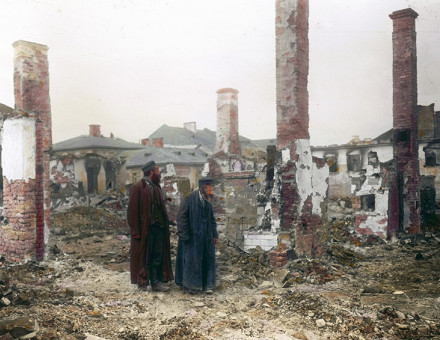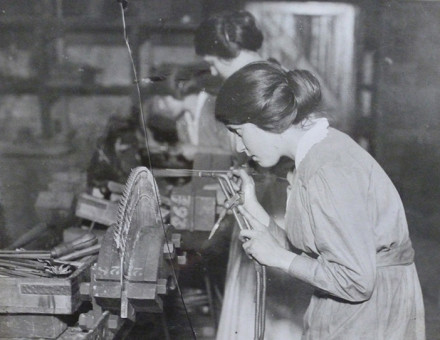The Battle of Jutland, Part I
The first news of the Battle of Jutland in 1916 startled the British public, who had looked forward to an emphatic victory at sea. Geoffrey Bennett asks, what exactly happened in the course of this momentous and controversial engagement?




